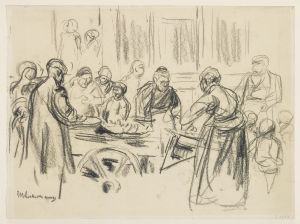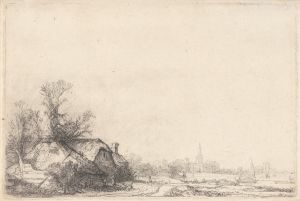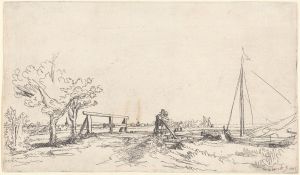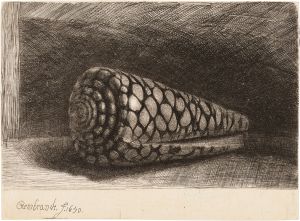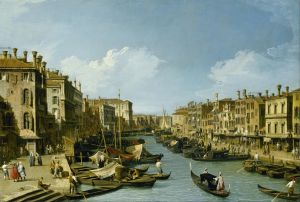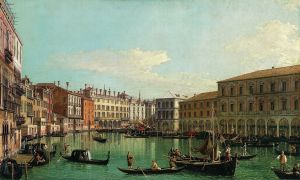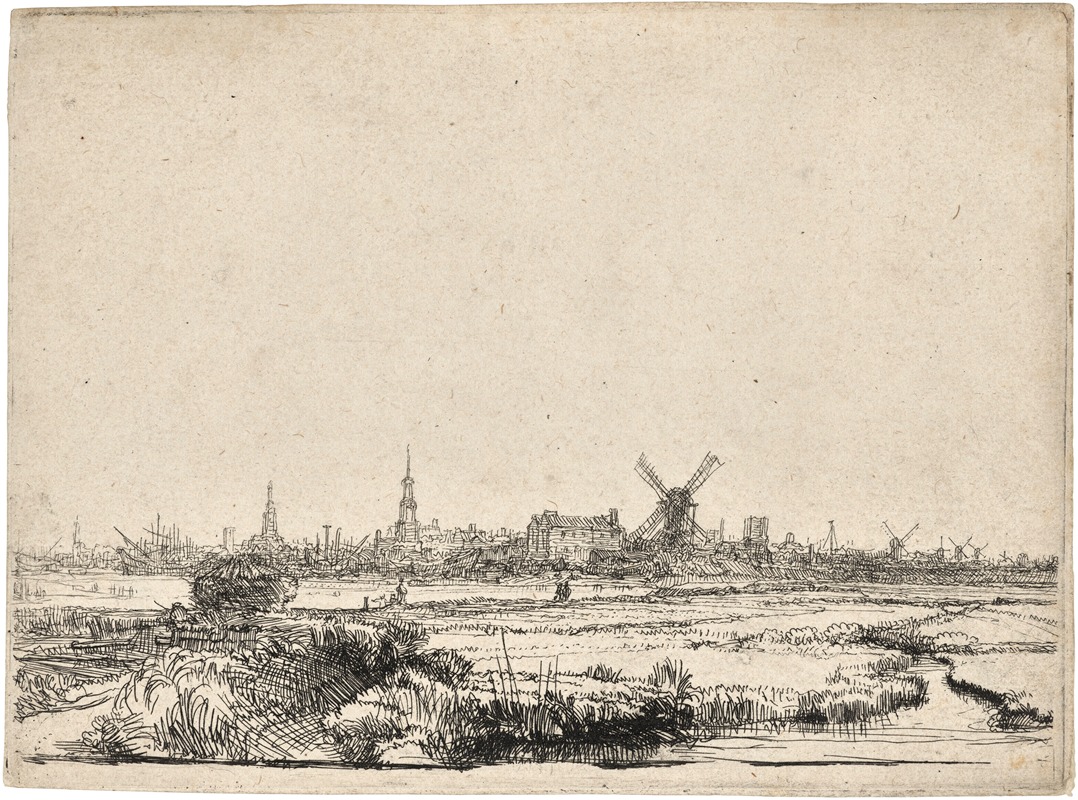
View of Amsterdam from the Kadijk
A hand-painted replica of Rembrandt van Rijn’s masterpiece View of Amsterdam from the Kadijk, meticulously crafted by professional artists to capture the true essence of the original. Each piece is created with museum-quality canvas and rare mineral pigments, carefully painted by experienced artists with delicate brushstrokes and rich, layered colors to perfectly recreate the texture of the original artwork. Unlike machine-printed reproductions, this hand-painted version brings the painting to life, infused with the artist’s emotions and skill in every stroke. Whether for personal collection or home decoration, it instantly elevates the artistic atmosphere of any space.
"View of Amsterdam from the Kadijk" is a painting attributed to the renowned Dutch artist Rembrandt van Rijn. However, it is important to note that there is no widely recognized painting by Rembrandt with this exact title. Rembrandt, a master of the Dutch Golden Age, is celebrated for his portraits, landscapes, and narrative-driven works, but specific details about a painting titled "View of Amsterdam from the Kadijk" are not documented in major art historical records or collections.
Rembrandt Harmenszoon van Rijn was born on July 15, 1606, in Leiden, Netherlands. He later moved to Amsterdam, where he became one of the most prominent artists of his time. His works are characterized by their rich detail, masterful use of light and shadow, and deep emotional resonance. Rembrandt's oeuvre includes a variety of subjects, such as biblical scenes, portraits, self-portraits, and landscapes.
Amsterdam, during Rembrandt's lifetime, was a bustling hub of trade and culture, and it is a city that appears in the background of some of his works. The Kadijk, or Kadijken, refers to a neighborhood in Amsterdam that was historically significant due to its proximity to the city's docks and shipyards. This area would have been a lively and industrious part of Amsterdam during the 17th century, making it a plausible subject for artists interested in capturing the essence of the city.
While Rembrandt is not primarily known for cityscapes, he did produce a number of etchings and drawings that depict landscapes and urban scenes. These works often showcase his keen observational skills and his ability to convey atmosphere and mood through his use of line and shading. However, without specific documentation or a recognized painting titled "View of Amsterdam from the Kadijk," it is challenging to provide detailed information about such a work.
In the broader context of Rembrandt's art, his approach to landscapes and cityscapes was often to integrate them into larger narrative compositions or to use them as settings that enhance the emotional and dramatic impact of his subjects. His ability to capture the interplay of light and shadow, known as chiaroscuro, is evident in many of his works and contributes to the timeless quality of his art.
Rembrandt's legacy is vast, and his influence on the art world is profound. His works are housed in major museums around the world, including the Rijksmuseum in Amsterdam, the Louvre in Paris, and the Metropolitan Museum of Art in New York City. These institutions hold some of his most famous pieces, such as "The Night Watch," "The Jewish Bride," and numerous self-portraits that offer insight into his life and artistic evolution.
In conclusion, while "View of Amsterdam from the Kadijk" is not a recognized work within the established catalog of Rembrandt's paintings, the artist's connection to Amsterdam and his ability to capture the essence of his surroundings remain integral to his enduring appeal and historical significance.





